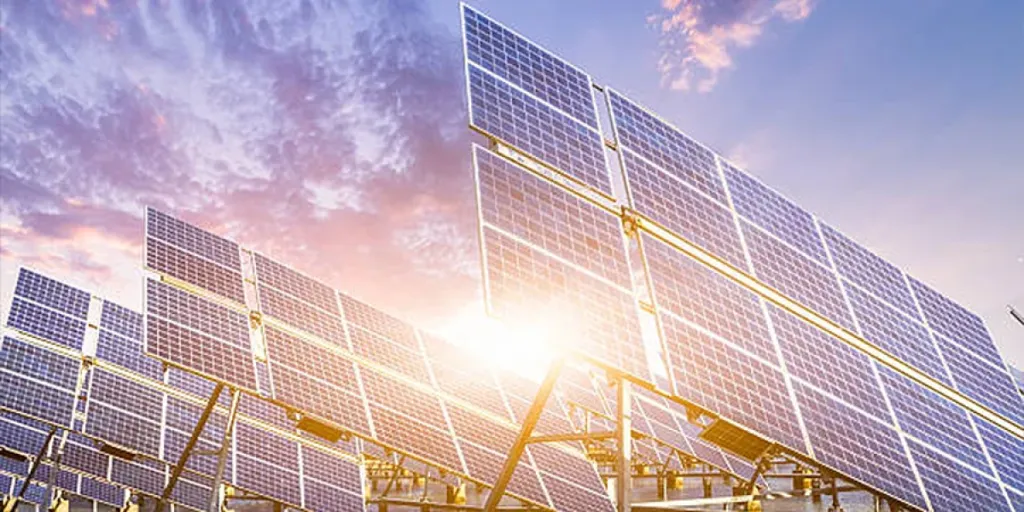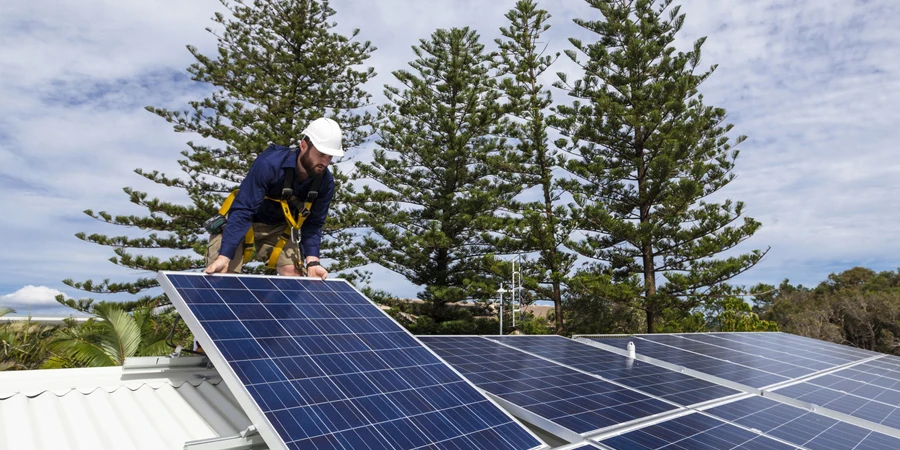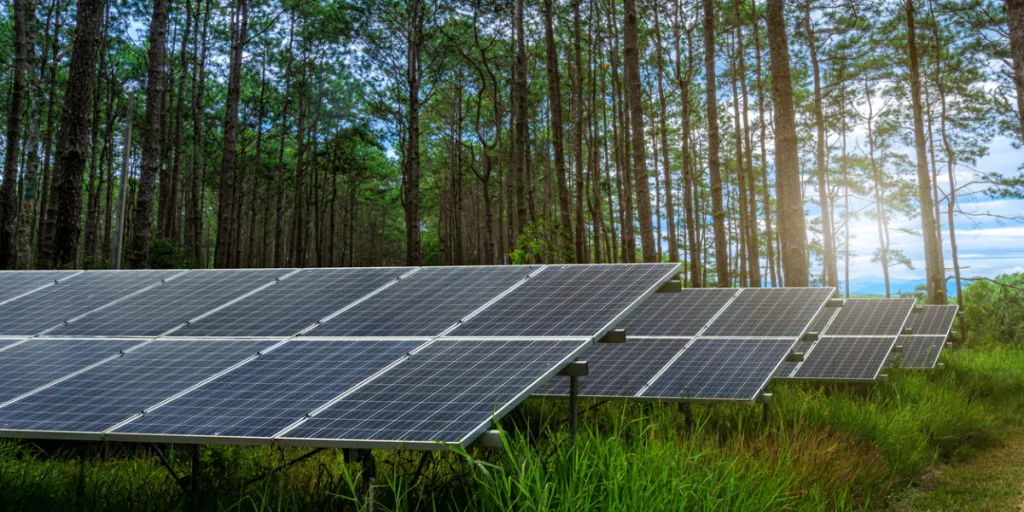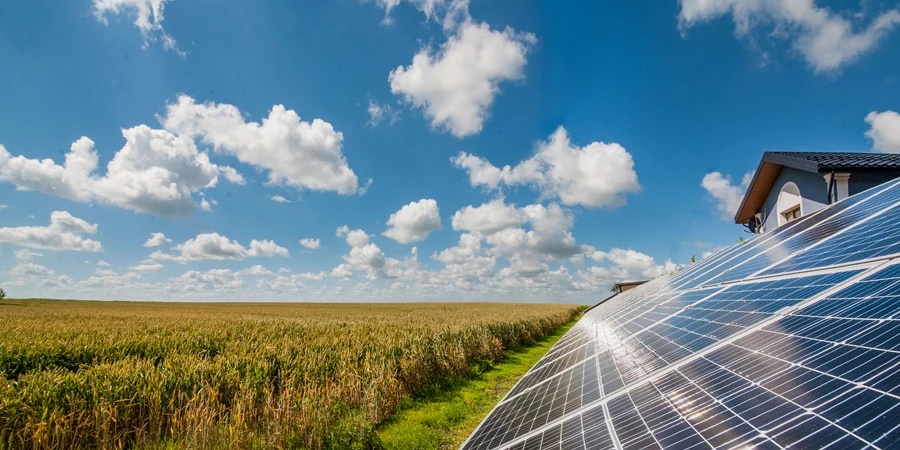- Germany has issued a draft Easter Package and a new EEG Act with higher solar energy target
- It plans to aim for 215 GW cumulative installed solar power capacity by 2030 with 22 GW annual additions starting from 2026
- Auction volumes will be increased too and community solar projects with up to 6 MW capacity will be exempt from auctions
The German cabinet has approved a series of measures to support renewable energy expansion in the country calling it the Easter Package, and it includes the target of achieving 215 GW of solar power capacity by 2030 under a new Renewable Energy Sources (EEG) Act.
Having secured green light from the cabinet, the draft Easter Package will need to be cleared by the Federal Parliament (Bundestag) and the council of the federal states (Bundesrat) to come into force. Nonetheless, it shows some progress in the national renewable energy plans under the new government.
For solar power, the Ministry for Economic Affairs and Climate Action (BMWK) wants to target around 7 GW annual capacity in 2022, scaling it to 9 GW in 2023, 13 GW in 2024, 18 GW in 2025, and take it up to 22 GW in 2026 to be maintained every year till 2030 to reach a total installed capacity of around 215 GW by 2030. The target would include 59 GW the country counted on aggregate basis till the end of 2021.
Thereafter, between 2031 to 2035, the package targets continued annual additions of 22 GW, taking the cumulative till the end of 2035 to somewhere around 325 GW. Germany wants to reach a 80% renewables share in its power sector by 2030, and full decarbonization by 2035.
In comparison to solar, the overall target for onshore wind energy is taken to be around 115 GW by 2030, by adding 10 GW annually between 2025 and 2030, and continuing with 10 GW every year till 2035.
To make it happen, Germany will increase annual auction volumes for both these technologies for the period up to 2028-29. Planning and permitting procedures too will be eased and accelerated. Community solar projects of up to 6 MW capacity can be built without participating in an auction.
The solar targets of the Easter Package were slightly increased and expanded. The German Finance Minister, Christian Lindner from the Liberal Party (FDP), not known as a big supporter of renewables at all in the past, recently had tagged renewable as Freedom Energies.
The new government had already promised in its coalition agreement to bring in a Solar Acceleration Package to install up to 20 GW capacity annually later this decade to achieve 200 GW solar installed capacity target by 2030. Earlier this year, a white paper was released by the German Ministries of Economics and Climate Protection (BMWK), Environment (BMUV) and Agriculture (BMEL), all headed by Green Party, which see great potential to use open agricultural spaces to deploy solar PV capacity, and counts PV potential of up to 200 GW through agrivoltaics and marshland.
Local PV association BSW Solar welcomed the new EEG Act draft, but stressed that these need to be backed up politically with effective measures. It also wants the government to include supportive measures for self-consumption of solar power.
The draft Easter Package is available on the BMWK’s website in German language.
Source from Taiyang News




